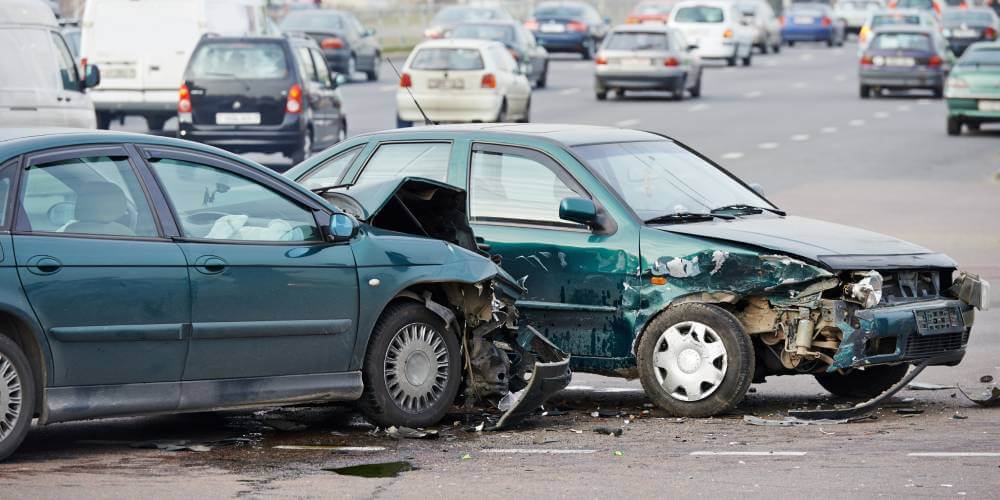Earlier this week, we began a discussion about the NTSB’s recommendation that the NHTSA mandate the installation of the most up-to-date collision avoidance technologies in all new vehicle models. The board predicts that this action could cut the rate of fatal accidents on dangerous highways by half or greater.
These technologies are particularly important because they help to prevent the kinds of accidents that lead to 60 percent of all highway accident deaths each year. They target unsafe lane change maneuvers, prevent rear-end crashes and help to keep vehicles from running off the road.
The NTSB recently recommended in a released statement that the NHTSA and the Obama Administration “establish performance standards where still needed and mandate that these technologies be included as standard equipment in cars and commercial vehicles alike. With such promising potential to improve highway safety, this technology should be robustly deployed throughout the passenger and commercial fleets.”
In particular, electronic stability control must be mandated for vehicles weighing more than 10,000 pounds, as it is already required in new, lighter vehicle models. This technology helps drivers restore control of their vehicles by applying brakes to individual wheels automatically. This innovation could particularly benefit commercial truck drivers and the motorists who might cross an out-of-control truck’s path.
In addition, systems like lane departure warnings and forward collision warnings will alert drivers when their own behavior or the traffic conditions in front of them may lead to an accident so that they can react. Though these technologies will not provide a substitute for safe and alert driving, they will aid temporarily distracted or sleepy drivers by reminding them to pay attention immediately or risk the consequences of failing to do so.
Source: CBS News, “Feds: Standardizing auto safety technologies could halve number of fatal highway accidents,” Nov. 14, 2012

